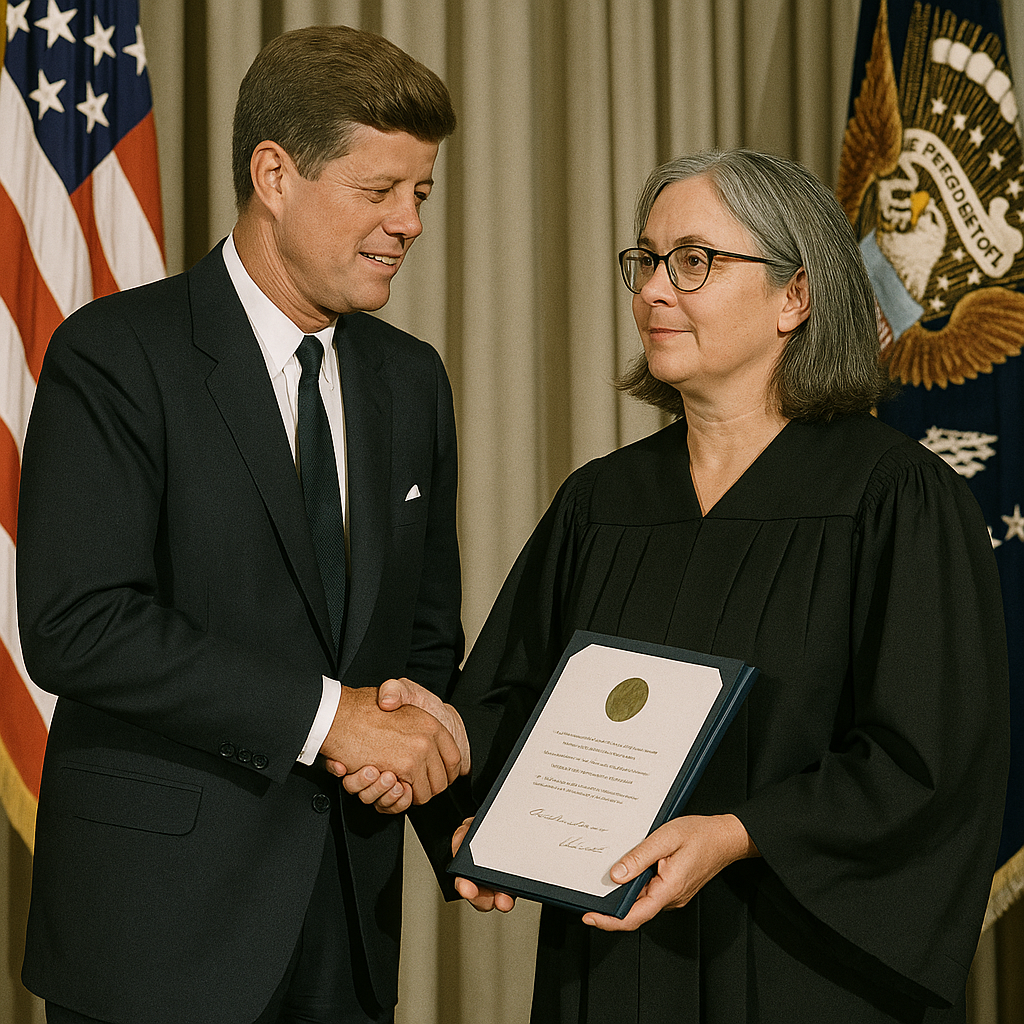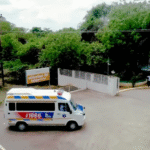Once considered the most notorious drug in medical history, thalidomide evoked fear and outrage in the 1960s. It caused significant devastation for thousands of families, as it was linked to severe birth defects and a global scandal. After being banned and forgotten, thalidomide seemed like a closed chapter — a grim lesson in pharmaceutical ethics.
However, decades later, an unexpected twist occurred: thalidomide made a comeback, not as a villain but as a saviour. Today, it is a frontline treatment for multiple myeloma, a type of blood cancer, providing hope where despair once prevailed.
This is the remarkable story of how one of medicine’s darkest hours gave rise to one of its most unlikely heroes.

The Tragedy: A Drug That Shattered Lives
Thalidomide was synthesised in 1954 and developed as a sleeping pill by the German company Chemie Grünenthal. It was marketed across Europe, Australia, and parts of Asia as a “miracle sedative.” It was considered a miracle because it was believed to be a drug that could not cause death due to overdose, leading to its promotion as one of the safest sedatives available. By 1961, it was sold in over 40 countries as a sleeping aid.
Thalidomide was particularly popular among pregnant women and was prescribed to alleviate morning sickness, anxiety, and insomnia.
What followed was a human catastrophe. In 1961, Dr. William McBride, an Australian obstetrician-gynaecologist, discovered and reported in a letter to The Lancet that thalidomide might be teratogenic, meaning it could cause severe birth defects.

By the early 1960s, thousands of babies were being born with phocomelia, a condition characterised by severely shortened or malformed limbs. Investigations revealed a shocking truth: thalidomide, when taken during early pregnancy, disrupted fetal limb development. An estimated 10,000 children across more than 46 countries were affected, with many others dying in the womb.
In response, governments acted swiftly. The drug was banned, and pharmaceutical regulations underwent a global overhaul. This tragedy prompted the introduction of stricter drug testing protocols, a legacy that continues to influence clinical research today.
The Woman Who Stood Her Ground: USA Chapter

Thalidomide was not marketed in the United States due to the diligent work of an FDA reviewer, Dr. Frances Kelsey. She was not convinced of the drug’s safety or efficacy, believing that there were insufficient studies to demonstrate its clinical benefits. As a result, she consistently delayed its approval, helping to prevent a tragic outcome in the U.S.. However, some infants were still affected because the drug was available in clinical trials. President Kennedy later awarded Dr. Kelsey the Presidential Medal of Freedom in recognition of her efforts to prevent the thalidomide tragedy in the United States.
The Silence: A Drug Forgotten, But Not Gone
After the ban, thalidomide seemed destined for obscurity. However, some researchers began to wonder if this potent drug could have other, less catastrophic uses. An Israeli physician, Dr. Jacob Sheskin, administered thalidomide to patients suffering from severe leprosy reactions (erythema nodosum leprosum), primarily to alleviate their suffering. To their surprise, these patients showed dramatic responses, with significant healing of their immune-mediated lesions occurring within hours.
This led to thalidomide being tested in randomised trials, where it was found to be one of the most effective treatments for leprosy reactions. The drug demonstrated immunomodulatory and anti-inflammatory effects. It was quietly trialled for conditions such as leprosy and graft-versus-host disease. Then came the real breakthrough.
The Redemption:
In 1999, a group of researchers led by Dr. Bart Barlogie at the University of Arkansas began testing thalidomide on patients with refractory multiple myeloma, a type of blood cancer that had very few treatment options at the time. They hypothesised that a drug known for its toxicity to growing limbs might also be toxic to rapidly dividing cancer cells.
To everyone’s surprise, patients began to show improvement.

Thalidomide worked by inhibiting angiogenesis (the formation of new blood vessels), modulating the immune system, and directly attacking cancer cells as a TNF-alpha inhibitor. Its success inspired a wave of innovation in cancer treatment. Pharmaceutical companies have modified the original molecule to create more potent and safer derivatives, such as lenalidomide and pomalidomide, which are now essential components in the treatment of multiple myeloma.
By 2006, thalidomide was officially approved by the FDA for the treatment of multiple myeloma, accompanied by strict pregnancy prevention programs to ensure patient safety.
A Story of Ethics, Innovation, and Redemption
The story of thalidomide is not just a medical anomaly; it serves as a reflection of both the dangers of unchecked scientific exploration and the power of second chances. It reminds us that progress in medicine is rarely straightforward—it is often messy, frequently painful, but at times, remarkably redemptive.
Today, survivors of myeloma who benefit from thalidomide-based therapies may not be aware of the whole history behind the drug that helps keep them alive. For the scientific community, thalidomide represents a paradox: a molecule that has caused immense suffering but also offers lifesaving hope.
Final Thoughts
The evolution of thalidomide, from a global scandal to a significant treatment for myeloma, prompts a reevaluation of our understanding of medical progress. This case serves as a crucial reminder that even the most troubling episodes in the history of medicine can pave the way for future advancements, provided that we learn from past mistakes, recognise associated risks, and maintain a profound commitment to inquiry and exploration.











Hello my friend! I want to say that this article is awesome, great written and come with approximately all significant infos. I’d like to peer extra posts like this .
cost of cheap propecia now https://bswfinasteride.com/# BSW Finasteride